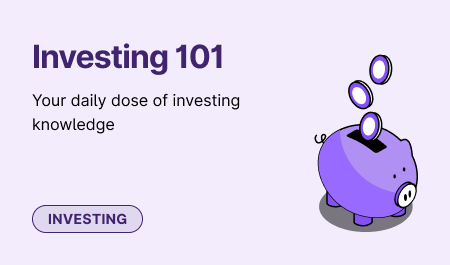6 Ways to Measure Risk in Mutual Funds

Mutual funds have long been a popular investment vehicle for both novice and experienced investors, offering a range of benefits such as diversification, professional management, and access to a broad array of asset classes. These pooled investment vehicles enable investors to gain exposure to a diverse selection of stocks, bonds, or other securities, helping to spread risk and potentially enhance returns.
However, as with any investment, mutual funds also come with a certain degree of risk. Understanding and measuring this risk is critical for making informed investment decisions and a well-diversified portfolio. In this article, we will explore five ways to measure risk in mutual funds and provide insights into how investors can use these metrics to make better investment choices and navigate the world of mutual fund investing.
Standard Deviation
The widely-used standard deviation metric reveals how much a mutual fund's returns vary from the average return over a given time frame. Higher standard deviations are a sign of increased volatility and risk. A smaller standard deviation, on the other hand, denotes a lower volatility and risk. Due to high volatility, thematic, sectoral, or small cap funds typically have a larger standard deviation. However, higher volatility is not necessarily a bad thing; it relies on the investors' willingness to take on risk.
Beta
Beta is another measure of a mutual fund's volatility, in relation to its respective benchmark index. It specifically measures the fund's sensitivity to market movements. A beta of 1 indicates that the fund's returns move in tandem with its benchmark. If a fund has a beta of 1.5 and the benchmark index is expected to move by 10%, then the fund will move by 15%. This shows that the fund with higher beta than 1 will rise more than the benchmark. Similarly, if the market loses 10%, then the same fund with higher Beta will fall more than the market. An investor can use this information to plan the investment portfolio accordingly. For instance, if you take a conservative strategy for investing, you may want to concentrate on funds with a beta of one or lower.
R-Squared
R-squared measures the degree to which a mutual fund's performance is in correlation with the benchmark index. An R-squared value ranges from 0 to 100, with 100 indicating that the fund's performance is entirely in correlation with the benchmark index. For example, the index funds have the R-Squared close to 100 but the actively managed equity funds can have a R-Squared of 80 or above, which is generally acceptable and is taken to mean that the underlying Beta value is reliable.
Sharpe Ratio
The Sharpe ratio indicates the returns generated over the risk-free rate. It is calculated by subtracting the fund’s returns from the risk-free return, and then dividing by the standard deviation of returns. Higher value of sharpe ratio means that the fund has given better risk-adjusted return.
For example, let’s assume that Fund A and B have generated 14% returns with a risk free return of 4%. The standard deviation for both the funds stands at 11% and 6%. Now the formula to calculate sharpe ratio is
Sharpe Ratio = (Funds returns – Risk free rate) / Standard Deviation
So in the example above the sharpe ratio of Fund A stands at 0.91 and Fund B stands at 1.67, meaning that Fund B has given higher risk-adjusted return.
Sortino Ratio
The Sortino ratio is the statistical tool which is used to measure the performance of an investment in relation to the downward deviation. The Sortino ratio focuses on downside risk by considering only the volatility of negative returns. This distinction makes the Sortino ratio particularly useful for risk-averse investors who are more concerned about downside risk than overall volatility.
A higher Sortino ratio indicates lower change of downside deviation. By comparing the Sortino ratios of different mutual funds, investors can identify which funds have delivered the best performance while minimizing downside risk.
Conclusion
Measuring and understanding risk in mutual funds is an integral part of the investment process. By using a combination of risk metrics, such as standard deviation, Beta, R-squared, Sharpe ratio and Sortino ratio-investors can develop a comprehensive understanding of a mutual fund's risk profile.
However, it is crucial to remember that risk is just one aspect of a mutual fund's overall performance and should not be considered in isolation. Investors should also examine other factors that influence a fund's success, such as the fund's investment objective, historical performance, management team, and fees, as well as the investor's own financial goals.